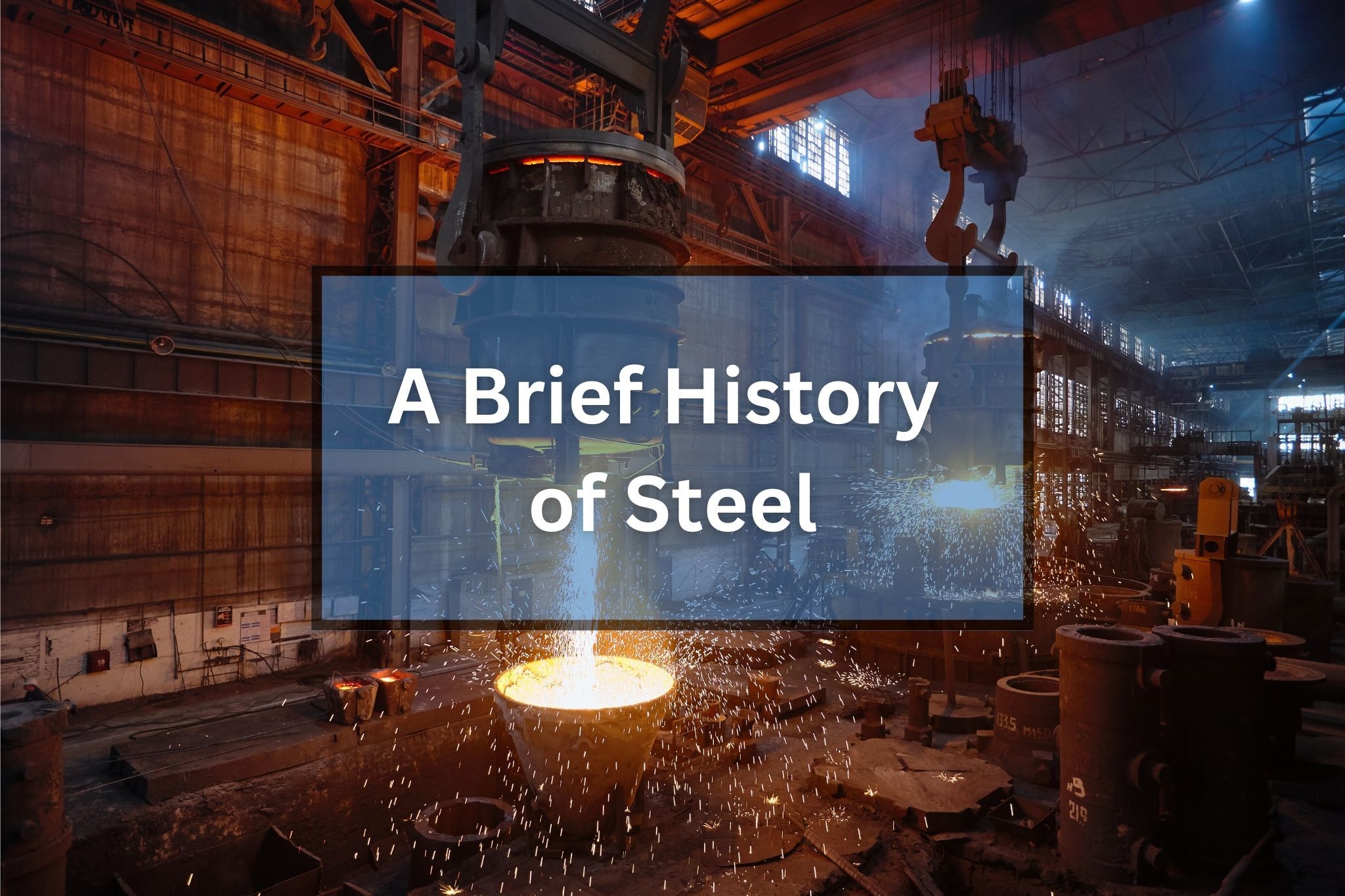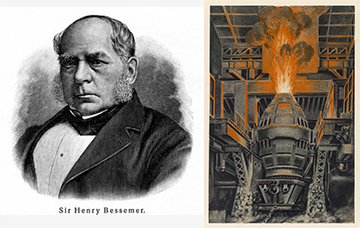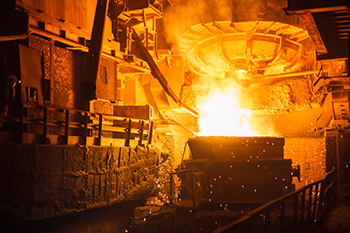A Brief History of Steel

The history of steel goes back 4,000 years to the beginning of the Iron Age. During the years up to 1857, steel was produced in very limited quantities because it was simply too expensive to create.
However, that changed when Henry Bessemer created the Bessemer converter. This device allowed manufacturers to quickly and cheaply remove impurities from iron via oxidation. His process wasn’t exactly original, it had already been used in Asia since the 11th century, but wasn’t used in a large scale then. The Bessemer converter then helped the U.S. and Western Europe to begin mass-producing steel. The steel industry exploded thanks to the Bessemer converter, and that is when the steel industry was born. By 1870, steel was used in ships, expanded railroads, and helped in arming troops during World War I.

In 1865, Pierre-Emile Martin began his creation of using a regenerative furnace to make steel. That’s when he created the Siemens-Martin process which is a type of open-hearth steelmaking that allowed control over the steel’s composition and allowed manufacturers to create more refined steel and recycle more steel scrap.

At the beginning of the 20th century, the electric arc furnace was introduced to the steelmaking industry in the U.S. This furnace replaced the crucible process that was being used to create specialty steels. The steel industry grew rapidly in the United States thanks to Andrew Carnegie, who built upon Bessemer’s process to create cheap steel rails for the railroad; and Charles Schwab, who co-founded the large Bethlehem Steel company.

Now the U.S. steel industry includes over 112 minimills or specialty mills. The United States is the world’s largest steel importer, according to the American Iron and Steel Institute.
Categories: Everything else